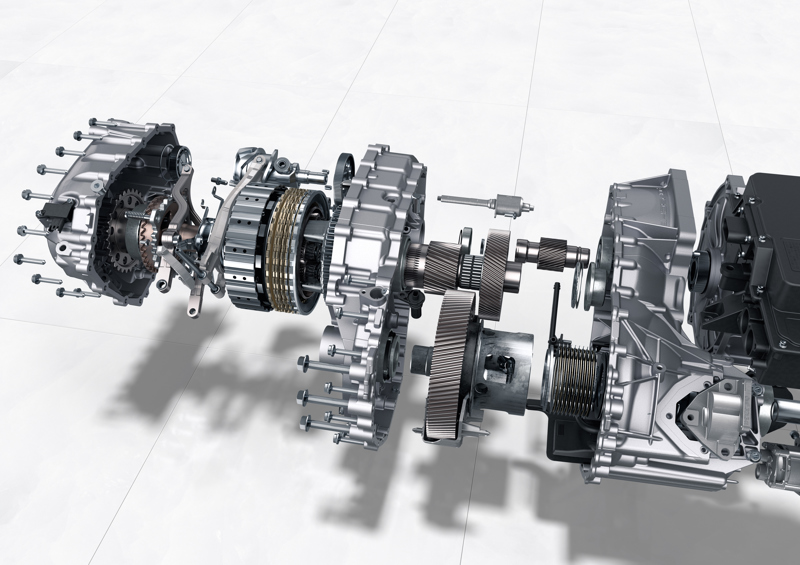Gears
Electric vehicles (EVs) typically use different types of gears in their drive units, depending on the specific design and requirements of the vehicle.
Electric vehicles (EVs) utilize various types of gears in their drive units to meet specific design and performance requirements. Here are some common types of gears used in EV drive units:
Single-Speed Gearbox
Many EVs use a single-speed gearbox, also known as a direct drive or fixed gear transmission. This type of gearbox features a single gear ratio, typically with a gear reduction from the electric motor to the wheels. Single-speed gearboxes are simple, lightweight, and compact, making them ideal for smaller EVs or those designed for city driving, where a wide range of gear ratios is not necessary.
Multi-Speed Gearbox
Some EVs, particularly high-performance or larger vehicles like the Porsche Taycan and Audi e-tron GT, use multi-speed gearboxes similar to those in traditional internal combustion engine (ICE) vehicles. These gearboxes have multiple gear ratios, allowing the electric motor to operate at optimal efficiency over a wider range of speeds and loads. Multi-speed gearboxes can provide improved acceleration, top speed, and overall performance, especially in varied driving conditions.
Porsche Taycan 2-gear gearbox
Reduction Gearbox
In many EVs, a reduction gearbox is used to lower the speed of the electric motor and increase the torque output to the wheels. Reduction gearboxes match the high rotational speed of the electric motor with the lower rotational speed required by the wheels for efficient operation. These gearboxes typically consist of one or more gear stages that reduce motor speed while increasing torque output, enabling the EV to achieve high levels of torque for quick acceleration and improved performance.
Differential Gear
A differential gear allows the wheels of an EV to rotate at different speeds when turning while still transmitting power from the electric motor to the wheels. Differentials distribute power evenly between the wheels, ensuring smooth and controlled handling during turns. They are commonly used in EVs with multiple driven wheels, such as all-wheel-drive (AWD) or four-wheel-drive (4WD) systems.
Limited-Slip Differential (LSD)
Some EVs use a limited-slip differential, which provides better traction and handling by partially locking the differential to prevent excessive wheel slip. LSDs are particularly useful in challenging driving conditions, such as slippery surfaces or off-road driving, where maintaining traction and stability is important.
It’s worth noting that some EVs, particularly those with single-speed gearboxes or direct drive systems, do not use traditional gears at all. Instead, they rely on sophisticated power electronics and motor control algorithms to deliver the required torque and power to the wheels without the need for physical gears. The specific type of gearbox used in an EV drive unit depends on factors such as the vehicle’s size, performance requirements, driving conditions, and design considerations.
Most sold EVs globaly
Below, you find the top 10 most-sold EV models in the world. Click on the name for full info.
